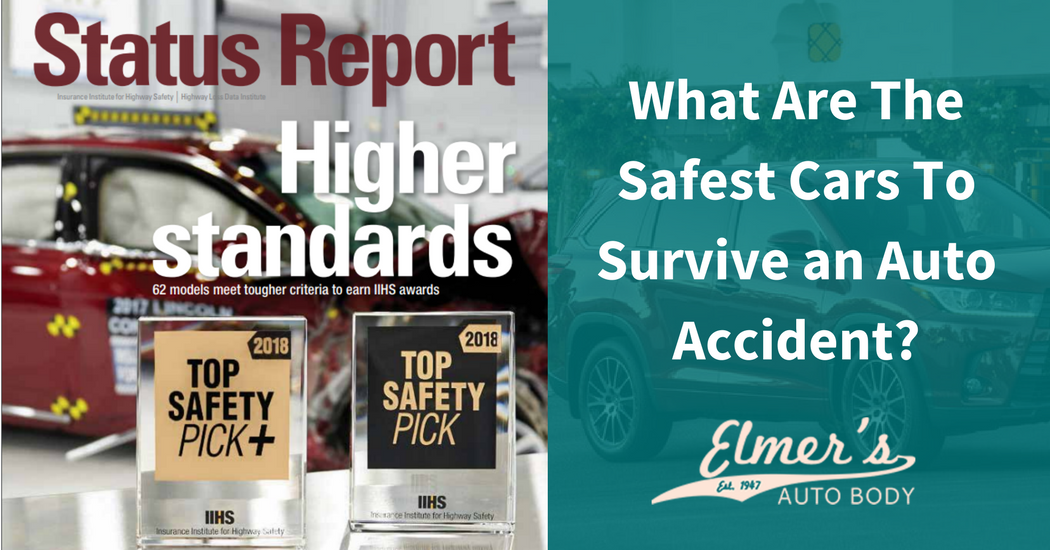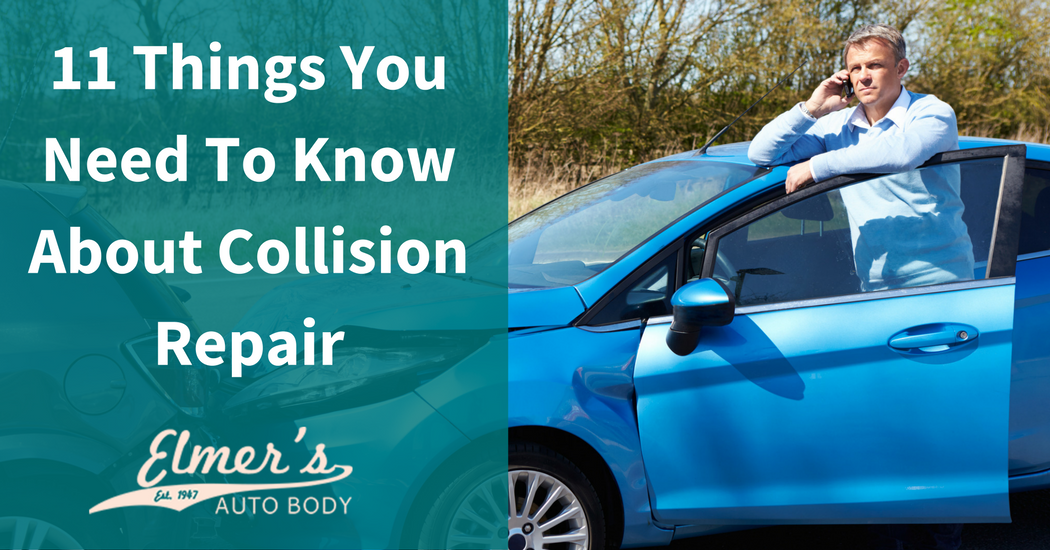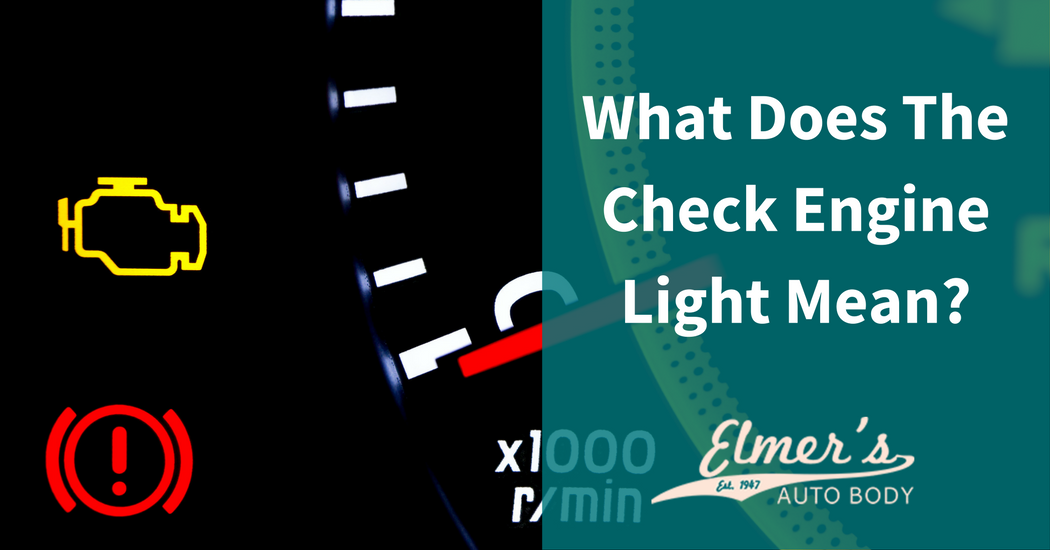[vc_row][vc_column][vc_column_text]Despite advances in car safety, death and injury continue to rise on the nation’s highways. In the first nine months of 2017, 27,650 people died in car accidents, higher than the 27,618 who died in all of 2016. Lower gas prices and vehicles with better fuel economy are causing more cars to be on the road, which may lead to more crashes. We also have more distractions in our vehicles, from cell phones that are constantly ringing due to texts, emails and calls to DVD players that keep our kids occupied. For this reason, you want to be sure that your family is riding in the safest car possible. Here are a few things to look for when you are buying a new vehicle.
[/vc_column_text][/vc_column][/vc_row][vc_row][vc_column][vc_video link=”https://youtu.be/0fNAbIFG7WY”][/vc_column][/vc_row][vc_row][vc_column][vc_column_text]
Institute for Highway Safety (IIHS) Safety Guidelines
The IIHS is the main authority in the United States for determining the safety of vehicles on the road. They use the following criteria to determine how safe a car is:
- Frontal crashworthiness – cars that do well in the federal government’s 35 mph head-on test as well as the IIHS 40 mph moderate overlap test are considered safe
- Side crashworthiness – if your car has a good rating in the IIHS side-impact test, you are 70 percent less likely to die in a side-impact crash
- Roof strength – good IIHS roof-strength ratings will protect you better in a rollover crash than those with a poor rating
- Head restraints – a good IIHS head restraint ratings means you are 15 percent less likely to suffer a neck injury in an accident
- Electronic stability control – cars manufactured after 2012 have this as a standard feature and lowers the risk of fatal single-vehicle crashes by around 50 percent and risk of fatal rollovers by 80 percent
- Car weight – IIHS says that the safest cars weigh between 3,500 and 4,500 pounds. Smaller, lighter vehicles do not offer as much protection as larger vehicles
It is also important to check the NHTSA recall database periodically to be sure your vehicle does not have a recall notice you are unaware of. If you find that it does, you need to get it to a repair shop immediately.
[/vc_column_text][/vc_column][/vc_row][vc_row][vc_column][vc_column_text]
Top Safest Vehicles
According to the IIHS, the Toyota Avalon Sedan and RAV4 Mini-SUV are in the top five safest vehicles you can buy for under $30,000. The Volkswagen Passat, Nissan Maxima Sedan and Chrysler 200 also fall under this category. Autobytel lists five vehicles for under $40,000 that their editors find safe. These include the Honda Odyssey Minivan, Hyundai Genesis Sedan, Toyota Hylander SUV, Volvo S60 and XC60. Below are the 2018 IIHS Top Safety Picks:
[/vc_column_text][/vc_column][/vc_row][vc_row][vc_column width=”1/2″][vc_single_image image=”1838″ img_size=”full”][vc_column_text]
Small Cars:
Midsize cars:
Large luxury cars:
Midsize SUVs:
Midsize luxury SUV:
[/vc_column_text][/vc_column][vc_column width=”1/2″][vc_custom_heading text=”Download the IIHS Status Report 2018″ use_theme_fonts=”yes” link=”url:http%3A%2F%2Felmersautobody.com%2Fwp-content%2Fuploads%2F2018%2F03%2Fsr5209.pdf|||”][vc_single_image image=”1840″ img_size=”full” onclick=”custom_link” link=”https://elmersautobody.com/wp-content/uploads/2018/03/sr5209.pdf”][ultimate_ctation ctaction_link=”url:http%3A%2F%2Felmersautobody.com%2Fwp-content%2Fuploads%2F2018%2F03%2Fsr5209.pdf|||”]Download the IIHS Status Report 2018
[/ultimate_ctation][/vc_column][/vc_row][vc_row][vc_column width=”1/2″][vc_single_image image=”1839″ img_size=”full”][vc_column_text]
Small cars:
- Chevrolet Volt
- Hyundai Ioniq Hybrid
- Hyundai Elantra
- Hyundai Elantra GT
- Mazda 3
4-door sedan | 4-door hatchback - Subaru Crosstrek
- Toyota Corolla
- Toyota Prius
- Toyota Prius Prime
Midsize cars:
Midsize luxury cars:
Large cars:
[/vc_column_text][/vc_column][vc_column width=”1/2″][vc_single_image image=”1839″ img_size=”full”][vc_column_text]
Small SUVs:
- Honda CR-V
- Hyundai Tucson
- Kia Sportage
- Mazda CX-3
- Mazda CX-5
- Mitsubishi Outlander
- Nissan Rogue
- Subaru Forester
- Toyota RAV4
Midsize SUVs:
Midsize luxury SUVs:
Minivans:
Large pickup:
[/vc_column_text][/vc_column][/vc_row][vc_row][vc_column][vc_column_text]At Elmer’s Auto Body, we want your family riding in the safest vehicle possible. If you’ve been involved in an accident, bring your car in today for a complete check-up to be sure it is operating safely and efficiently. You can schedule an appointment online or give us a call today. For more information on vehicle testing and ratings visit iihs.org/iihs/ratings.
[/vc_column_text][/vc_column][/vc_row]






